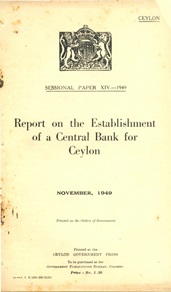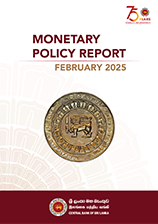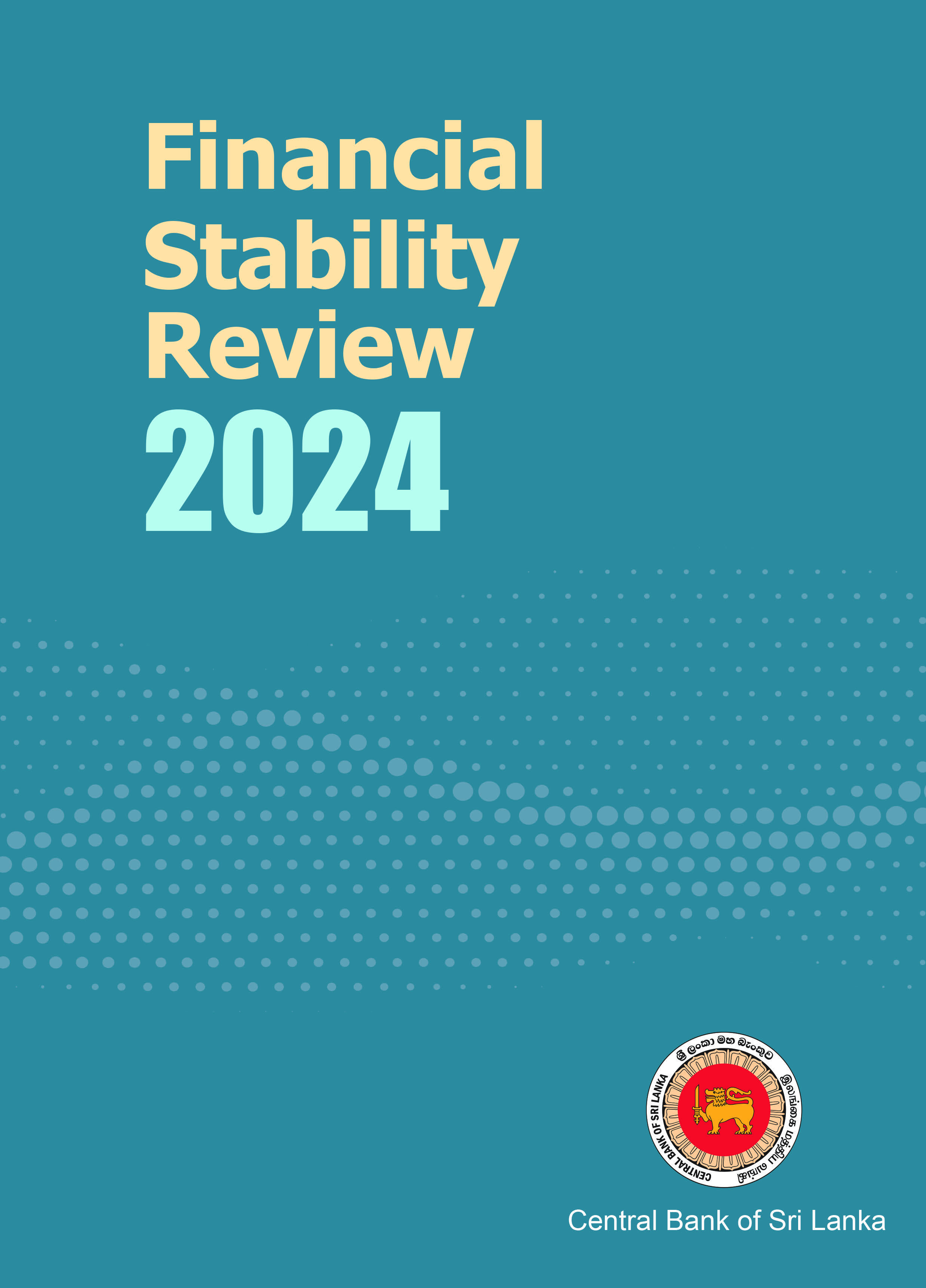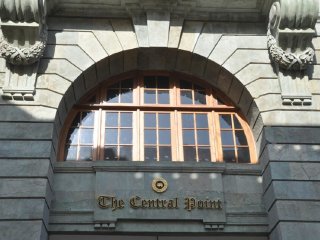Overview
The Central Bank of Sri Lanka (CBSL) is the apex financial institution in Sri Lanka. The CBSL Act No. 16 of 2023 (CBA) brought into law in September 2023, supersedes the Monetary Law Act (MLA) No. 58 of 1949 that established the CBSL In 1950 as a semi-autonomous body.
Under the new act, the CBSL shall be autonomous and accountable. As a corporate body with legal personality, CBSL shall be responsible for the administration of the monetary, financial and payment systems of Sri Lanka. The Secretary to the Treasury is no longer a part of any of the Central Bank's decision-making bodies.
The new governing structure comprises two parallel decision-making bodies ; namely, the Governing Board (GB) and the Monetary Policy Board (MPB); both of which are headed by the Governor
- GB – oversees the administration and management of the affairs of the CBSL and determines general policies of the CBSL other than the monetary policy
- MPB – formulates monetary policy of the CBSL and implements a flexible exchange rate regime in line with the flexible inflation targeting framework in order to maintain domestic price stability
Overall, in addition to its primary objective, the CBSL seeks to achieve and maintain a healthy and stable economic and financial system while maximizing resource utilization. Thus, its new objectives are:
- Primary Objective: Achieve and maintain domestic price stability - CBSL shall consider the stabilization of output towards its potential level.
- Other Objective: Secure the financial system stability - CBSL shall consider the development and efficiency of the financial system
The Governor of the CBSL would continue to function as its Chief Executive Officer. In addition to the Governor, the Senior Management would comprise Deputy Governors, Assistant Governors and Heads of Departments. The Bank consists of 29 Departments and 6 Regional Offices. The departments are headed by a Director (or equivalent), reporting to the Governor or a Deputy Governor through an Assistant Governor. The CBSL also serves as Advisor on Economic Affairs and Banker to the Government of Sri Lanka (GoSL).










